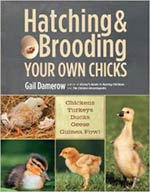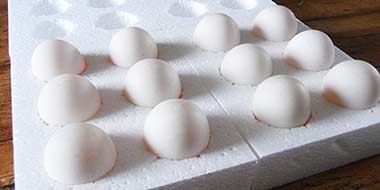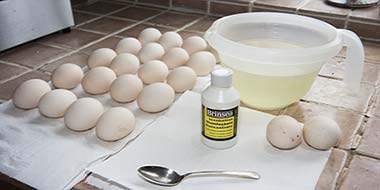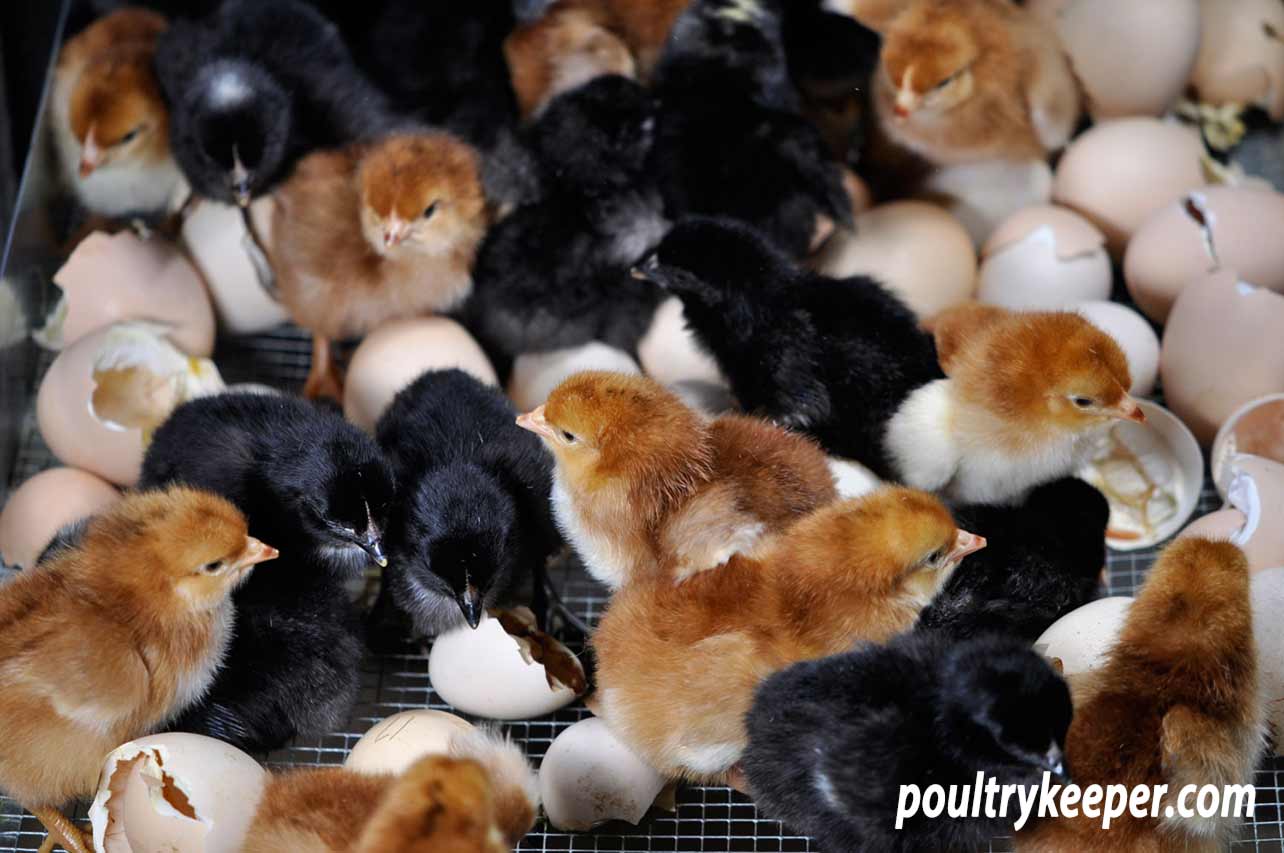
The hatchability of chicken eggs is as essential for backyard chicken keepers as it is for commercial flocks, especially when you have a limited number of eggs from a rare breed or need to breed in numbers to produce a small number for the show pen. And with the ever-increasing costs of rearing small numbers of large fowl, it has never been so important to understand the factors causing poor hatchability in your flock.
Not every fertile egg is hatchable. Many factors can affect the hatchability of chicken eggs, including breeder flock age, nutrition, inbreeding, and disease. Some of these factors may not be evident before the start of incubation. However, you can easily eliminate some potentially unhatchable eggs by candling them before placing them in an incubator or under a hen.
Candling for unhatchables
Candling eggs lets you identify defects that affect hatchability. Look for hairline cracks and other shell imperfections. Since cracks open the way for bacteria to enter, eliminate these eggs from your selection for hatching.
Also, watch for eggs with multiple yolks. An egg that is larger than usual often contains two or more yolks. Such eggs rarely hatch successfully because the shell usually is not roomy enough to accommodate two embryos. On the rare occasion when twins do emerge from a double-yolk egg, typically, one or both will be physically challenged and may not survive.
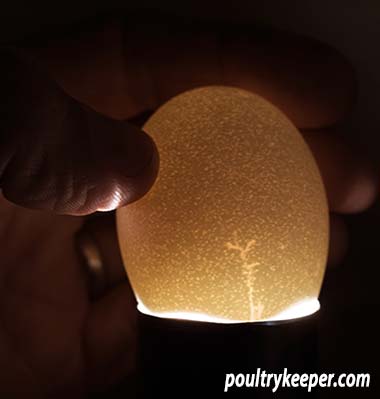
Look also for eggs with interior blood spots. Although blood spots aren’t harmful and don’t affect hatchability, they can be heritable. To avoid the unappetising appearance of blood spots in future boiled or fried eggs — especially if you sell eggs for culinary use — avoid hatching eggs that contain blood spots.
Breeder flock age
Age can affect fertility and hatchability. Infertile eggs may result if breeders are not sexually mature enough to produce viable sperm (males) or eggs (females).
Infertility may also be a problem for breeders that are too old, especially males. Fertility declines sharply after about the third year, and a five-year-old male may no longer be able to cut it.
Injury or disease
A male with a leg or foot injury may have trouble breeding, resulting in low fertility. Parasite problems, internal or external, can cause discomfort that interferes with fertility by reducing mating frequency. Exposure to pesticides and other toxic chemicals or some medications can reduce fertility.
Disease can result in eggs with rough, misshapen, or thin shells with a low rate of hatchability and a high rate of embryo and hatchling deaths. Additionally, eggs from breeders that have recovered from a disease may be infertile since some diseases cause permanent damage to the ovary. Especially troublesome to fertility and hatchability of chicken eggs are chronic respiratory disease, infectious coryza, infectious bronchitis, Marek’s disease, and endemic (mild) Newcastle disease.
Fortunately, disease is unlikely to be an issue in the average backyard flock. A much more likely cause of low hatchability is poor nutrition.
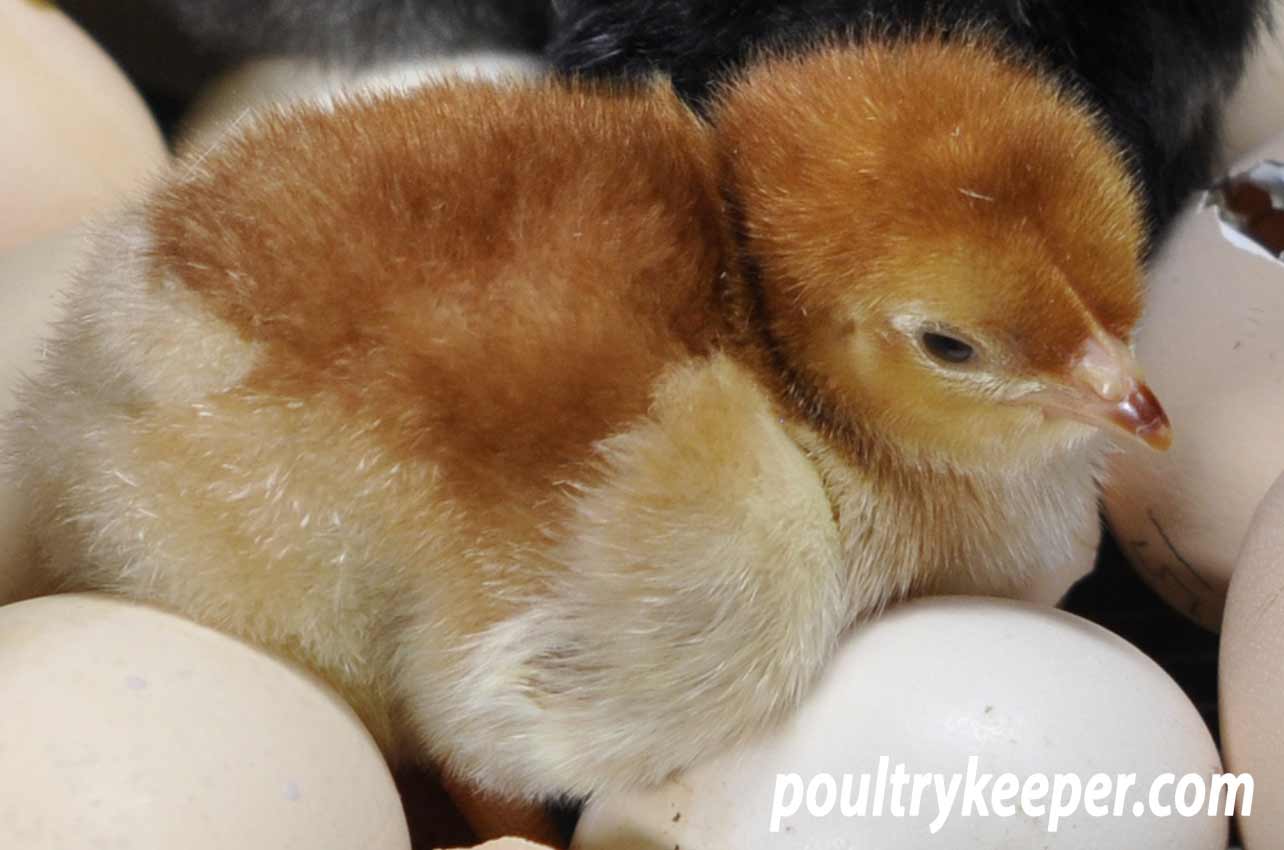
Breeder flock nutrition
Nutritional deficiency is one of the most common causes of poor hatchability. Lay ration contains too little protein, minerals, and vitamins to provide adequate nutrients in hatching eggs, to the detriment of embryo development. The older the breeders, the more they need a higher level of nutrition than can be provided by lay ration alone.
Some feed outlets offer a specially formulated breeder ration for chickens. The next closest thing is a regular game bird ration. Grain dilutes protein, minerals, and vitamins, so eliminate grain from the breeder-flock diet.
Also, add a vitamin/mineral supplement to the drinking water. Vitamins A and E are especially important for males. A deficiency in either vitamin reduces fertility and the hatchability of chicken eggs.
Put your flock on a breeder diet at least one month before you plan to start collecting eggs for hatching and continue it throughout the breeding season. You should see at least a 10 per cent improvement in the hatchability of eggs from your breeder flock.
Tip: Profuse feathering
Some profusely feathered breeds such as the Orpington, Wyandotte or Pekin Bantam can sometimes have trouble mating through all those feathers, which affects egg fertility. Check the amount of feathering around the vent area of both males and females and trim it back carefully as necessary for successful mating and fertile eggs.
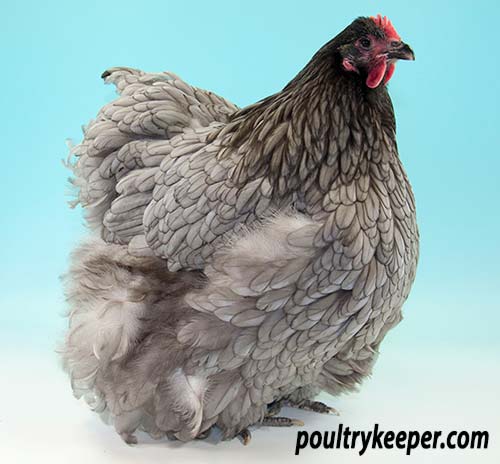
Inbreeding depression
Continuous, close inbreeding causes inbreeding depression, for which low hatchability is usually the first sign. Later signs include gradually fewer eggs laid and chicks that are droopy, unthrifty, and often die soon after hatching.
Inbreeding becomes an issue if you develop chickens for exhibition or you’re trying to preserve one of the rarer classic breeds. Concentrating genes through inbreeding creates uniformity of size, colour, and type and brings out weaknesses, such as reduced rate of lay, low fertility, poor hatchability, and slow growth. You can minimise inbreeding depression and improve hatchability in the following ways:
- Select breeders in favour of disease resistance, body size, number of eggs laid, good egg fertility and hatchability, and chick viability.
- Avoid brother-sister and offspring-parent matings and instead mate birds to their grandsires or grand dams.
- Keep at least 50 breeders, allowing for more distant matings and more gradual inbreeding.
- Eliminate from your breeder flock chickens that have any tendency toward infertility.
- If possible, occasionally introduce birds from a different strain into your breeder flock.
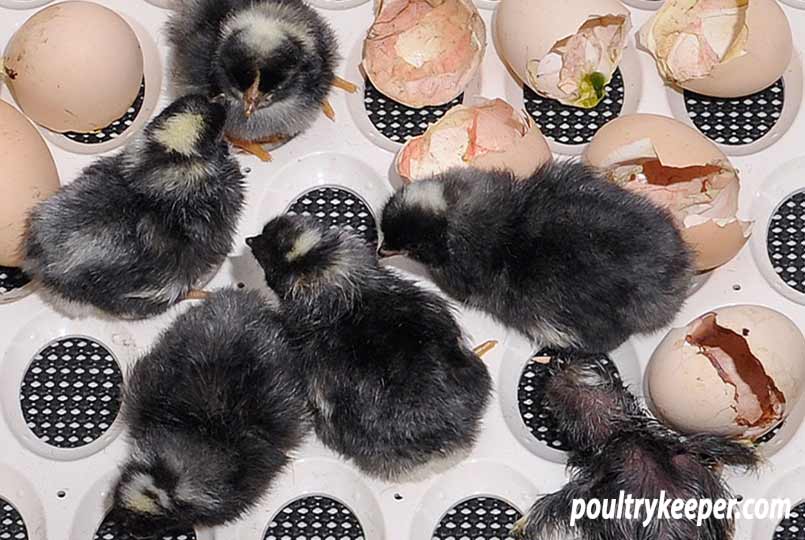
Mating birds from different strains increases hybrid vigour. The opposite of inbreeding depression, hybrid vigour results in more rapid growth, larger size, improved hatchability and increased chick viability.
Related Articles:
- Making your Own Line of Birds - How to create your own strain to maximize preferred features and minimise traits which don't meet breed standards.
- Fixing Specific Traits into your Line - How to fix the good, and eliminate the bad traits into your line and when to bring in new blood.
- How to Collect and Store Hatching Eggs - Under the right conditions, you can store hatching eggs without significantly reducing hatchability.
- How to Help a Chick Hatch - Why a chick can’t always make it out of the shell on its own, and if you decide to assist, how to help it.
Lethal genes
One of the results of inbreeding is a concentration of lethal genes, which can cause embryos to die during incubation. More than 50 different lethal genes have been identified in chickens, most of which are recessive.
When two birds are mated that carry the same lethal recessive, 25 per cent of their offspring will die. Embryos that die because of a lethal gene and those that survive until hatch usually have some obvious, visible deformity.
An excellent way to find out about lethal and other problem genes in your chosen breed is to chat with experienced breeders, join a breed club, read books about your breed, check the chicken breeds pages and do an online search using as keywords your breed’s name plus the term “lethal gene.” Fortunately, as numerous as they are, lethal genes are not all that common.
Recommended reading:
More factors affecting the hatchability of chickens eggs may be found in this site’s Incubation Troubleshooting Guide. Another good source of information is Gail's book Hatching & Brooding Your Own Chicks: Chickens, Turkeys, Ducks, Geese, Guinea Fowl.
